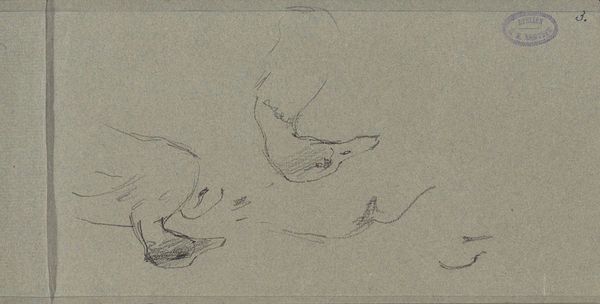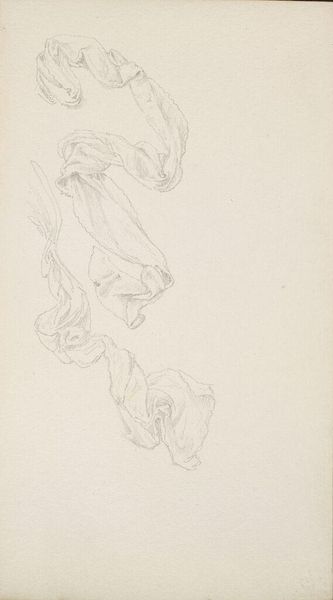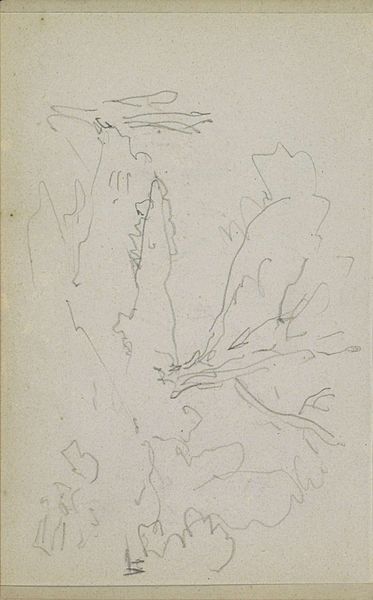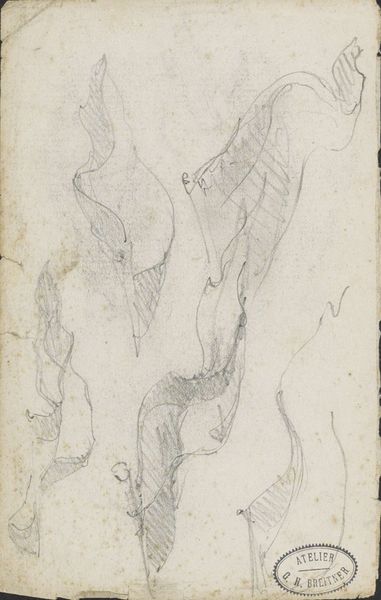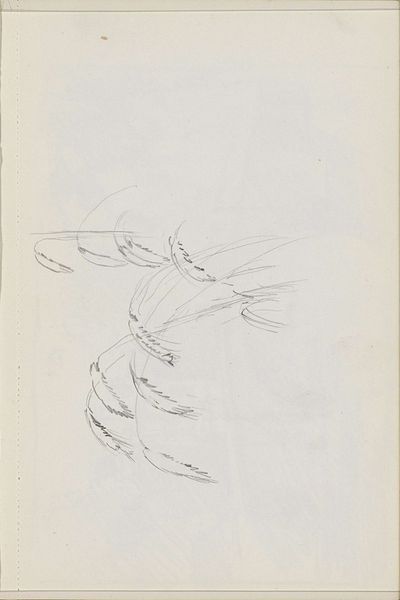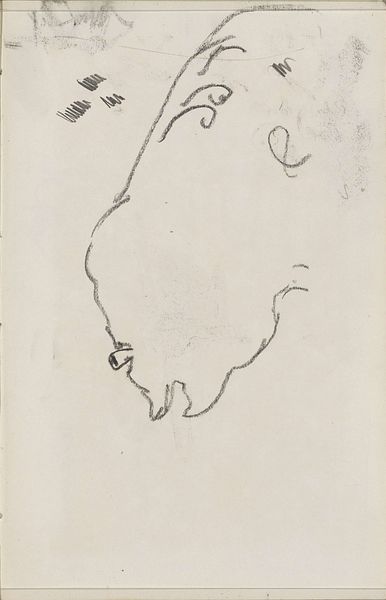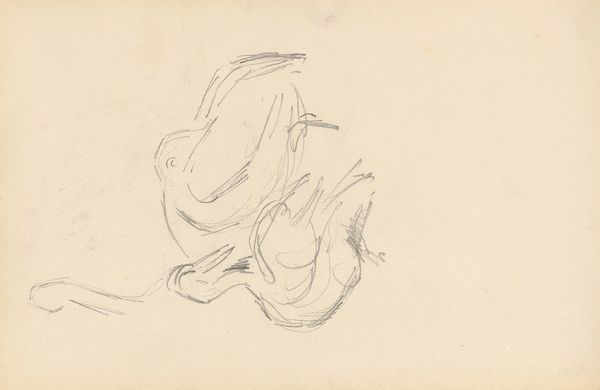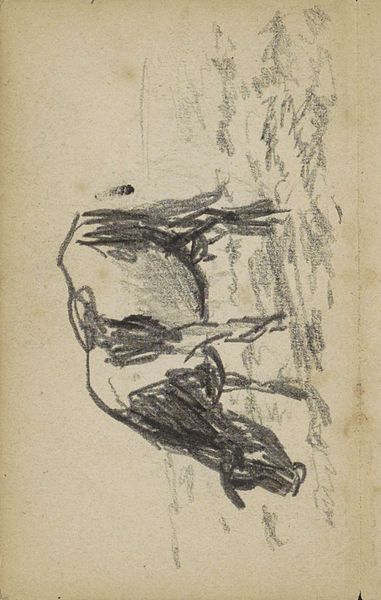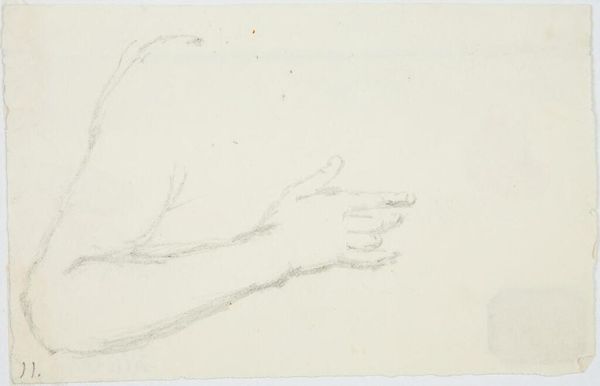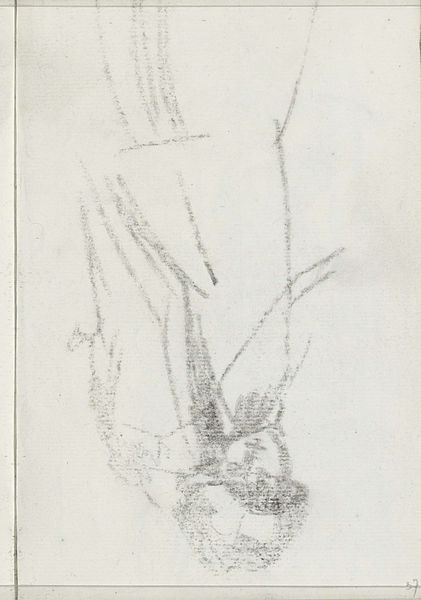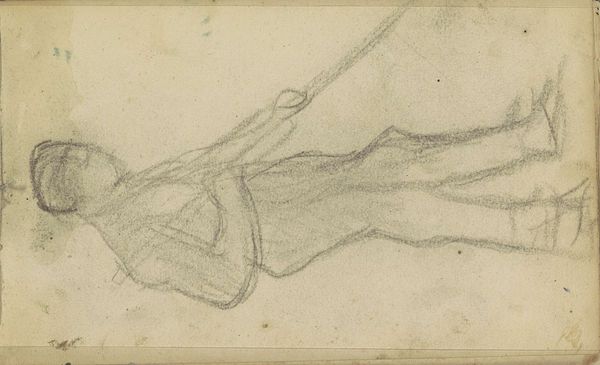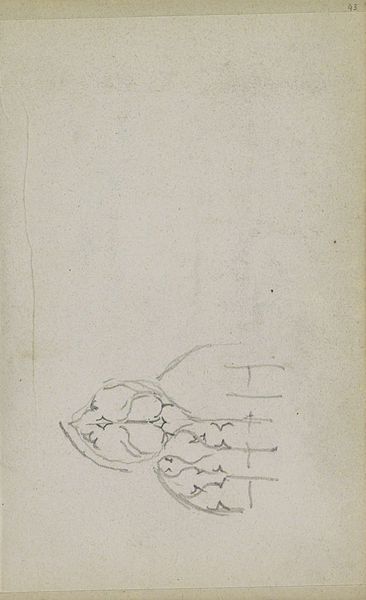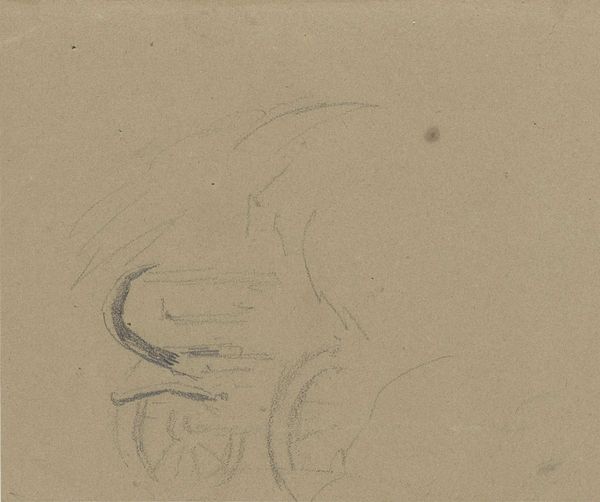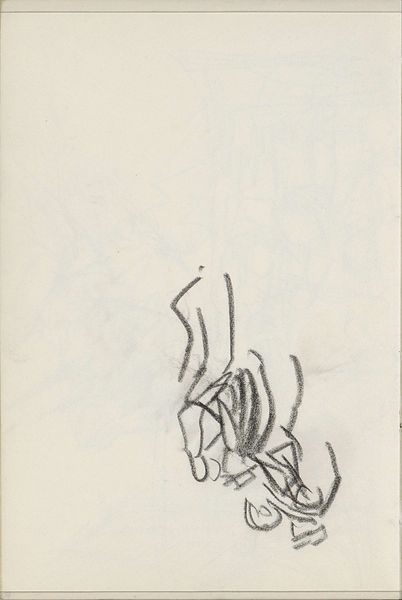
drawing, paper, pencil
#
portrait
#
drawing
#
baroque
#
pen sketch
#
pencil sketch
#
figuration
#
paper
#
pen-ink sketch
#
pencil
#
academic-art
Dimensions: height 180 mm, width 295 mm
Copyright: Rijks Museum: Open Domain
Curator: Here we have "Twee studies van een hand aangevat door andere handen" which translates to "Two studies of a hand touched by other hands." It’s a drawing from between 1683 and 1733 currently held here at the Rijksmuseum. It’s attributed to Bernard Picart. Editor: My first impression is one of…vulnerability. The spare lines emphasize the passivity of the hand being held, like an object more than a gesture of affection. What kind of paper and pencils were available to the artist then? The material conditions matter. Curator: Well, the choice of pencil and paper, the immediacy of drawing— it allows for capturing something essential about human connection, or the lack thereof, quickly. Hands, of course, are rich with symbolism; they’re instruments of labor, of creation, but also of supplication, or even ownership, wouldn't you agree? Editor: Exactly. These are not neutral hands, certainly not simply anatomy studies. Consider the source of the materials: pencil required graphite mining and processing; paper from linen or wood pulp. The drawing represents a series of material transformations but does the fragility inherent in the drawing also reflect a broader sense of social inequality, where one holds and the other is held? Curator: That reading is plausible, I think, especially when we examine other works from the same period, with similar themes of dependency or implied servitude. Though one might also view it from a medical viewpoint...hands being handled during medical instruction, say, or physical therapy even. Editor: Perhaps, but even then the labor of care, the material interaction of bodies, becomes central to understanding meaning. The physical traces of production and the act of drawing serve as tangible proof of Picart’s engagement with the world, regardless of the ultimate interpretation. The symbolism becomes anchored to that production. Curator: It makes you wonder about the identities and social positions of the people whose hands he sketched. We’re left with the enduring image—or rather, images—of intertwined hands carrying all those embedded meanings of connection, power, and dependence. Editor: Indeed. And let’s not forget the unseen hands behind the artwork’s creation, including the manual workers involved in crafting Picart's tools and supplies.
Comments
No comments
Be the first to comment and join the conversation on the ultimate creative platform.
